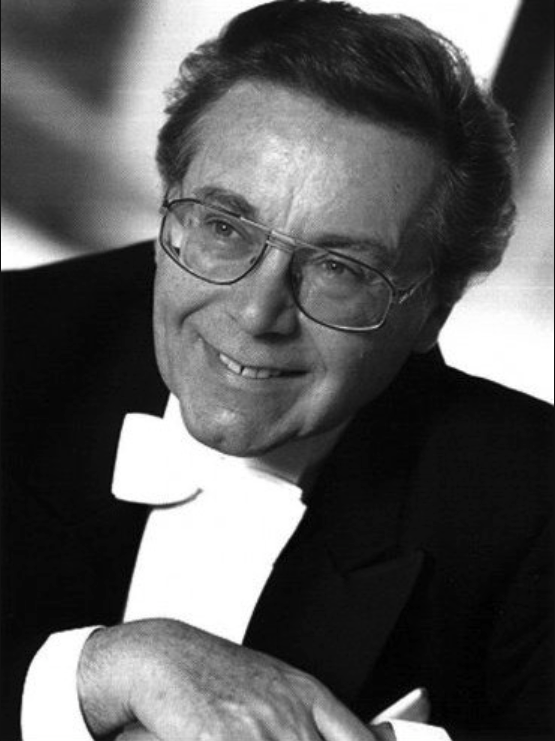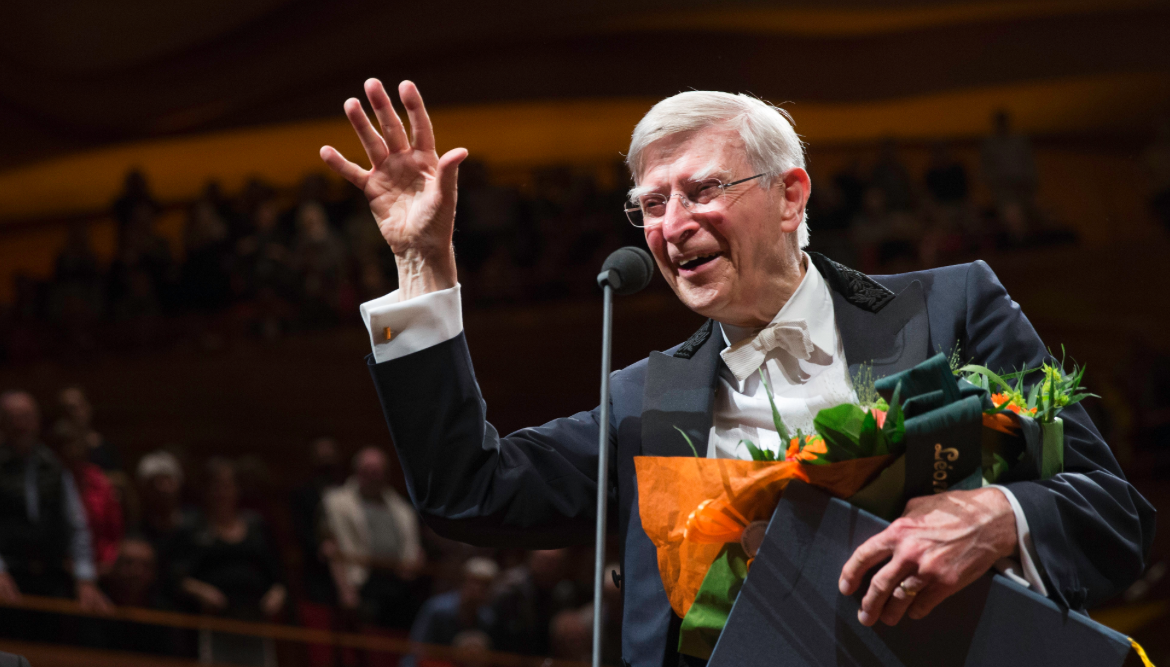léonie sonning music prize 1984
The American trumpeter Miles Davis received the Léonie Sonning Music Prize of 100,000 Danish kroner at a concert at the Falconer Centre on 14 December 1984. The concert was broadcast live on the Danish Broadcasting Corporation’s P2 radio channel, and parts of it were shown during a television portrait of Miles Davis broadcast on 17 December.
The prize was presented by Børge Friis, the Léonie Sonning Music Foundation’s chairman.
citation
The Léonie Sonning Music Prize of 100,000 Danish kroner is hereby awarded to Miles Davis in recognition of his inspiring and trendsetting vision, for his work as an instrumentalist, orchestra leader and composer and for his tireless renewal of music.’
You can listen to the speech given in Davis’ honor at the ceremony:
The programme
Palle Mikkelborg Aura. Dedicated to Miles Davis. First performance. Commissioned work.
Ray Pitts Beyond Logic. Dedicated to Miles Davis
Miles Davis Time After Time (encore)
Miles Davis Jean-Pierre (encore)
Soloists:
John Scofield, guitar
Kenneth Knudsen, keyboards
Niels Eje, oboe
Marilyn Mazur, percussion
Vincent Nilsson, trombone
Jens Winther, trumpet
Jesper Thilo, clarinet
Thomas Clausen, piano
Niels Henning Ørsted Pedersen, bass
Bo Stief, bass
Danish Radio Big Band
Conductors: Ray Pitts and Palle Mikkelborg
Miles Davis and Denmark
Miles Davis had performed several times in Denmark before the prize concert. He appeared in the country for the first time in 1956, when he played with Lester Young at KB-Hallen. In 1960 he gave a concert with the saxophonist John Coltraine at the Tivoli Concert Hall; in 1964 he appeared at KB-Hallen with Wayne Shorter (among others) and Herbie Hancock, and in 1969 he played at the Tivoli Concert Hall with Wayne Shorter, Chick Chorea, Dave Holland and Jack de Johnette. At the Copenhagen Jazz Festival in 1971 he gave a concert at Tivoli where his group consisted of keyboardists Chick Corea and Keith Jarrett, and in 1974 he played in Vejlby Risskov Hallen. In 1982, Miles Davis gave a concert in Jazzhus Monmartre together with Mike Stern and Marcus Miller.
For the prize concert, the Léonie Sonning Music Foundation commissioned a new work by Palle Mikkelborg, Aura. Palle Mikkelborg’s work is based on the aura that surrounds Miles Davis’s music, in which each of the ten letters of his name represents a colour and note in the work. The main theme is a pervasive chord consisting of the same notes, followed by nine movements each representing one of the notes. Davis was so enthusiastic about Mikkelborg’s work that he returned to Copenhagen the following year to record it. It was the first time in over 20 years that Davis had recorded music with a big band. The recording of Aura won a Grammy in 1990 and was later included in the Danish Cultural Canon. After the recording, Miles Davis returned to Denmark several more times – his last concert in the country was at the Midtfyn Festival in Ringe, in 1989.
In connection with the prize concert in 1984, an exhibition of Miles Davis’ paintings was arranged. It was the first official exhibition of his works.
The daily press wrote, among other things:
It was like letting go of a [Cuba-trained, BZ-examined bipartisan] at a savior meeting when Miles Davis climbed onto the stage after almost two hours warming up with the Danish Radio Big Band. This was a completely different performance from the usual prize concerts, where the world’s finest classical musicians are crowned, but no less appropriate. Davis is the first jazz musician on the fine list of winners of the Danish prize.
(Orla Rasumssen, BT 15 December 1984)
Davis lived up to his role as jazz’s greatest living legend, and his participation as a soloist in Palle Mikkelborg’s large scale jazz suite Aura was a mixture of ingenious musical creativity, incredible pottery and moving openness to music, the audience and the event in which he was the main character. Eventually however, Davis’s limited powers let go, and with a few abrupt toots he surrendered to the occasion and the people’s good wishes. Finally, he saluted with a short, warm melody blown all the way out of the hall. We’ve never seen that from Davis before. He truly stretched out his hand.
(Sten Bramsen, Ekstra Bladet, 15 December 1984)
Davis made his entrance to an applause that silenced the music, until he took hold of it. In fine form and with the incomparable sound of the muted trumpet, which was more convincing that his open sound, which he only tried in short sequences before sticking in his mute. But with his long, very simple blues and soul-saturated figurations without a single superfluous note, Davis managed to express his thanks for the award.
(Jørgen Siegumfeldt, Berlingske Tidende, 16 December 1984)





